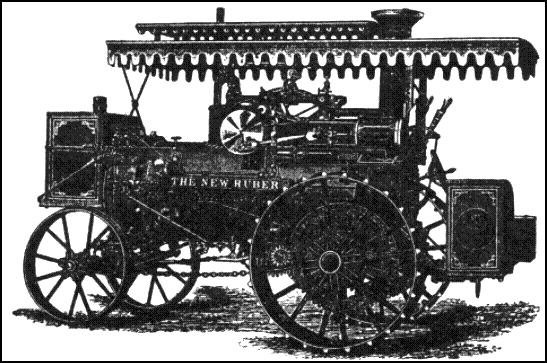Hand
Michael Zadoorian
(Norton)
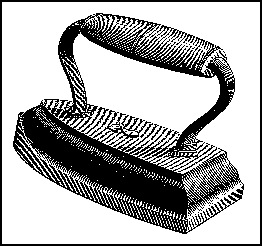
Junking is my own grubby metaphor for everything, life portrayed as the long trudge through smelly, clotted aisles on the way to what might seem like the big score, but is really more junk.
But Richard's relationship with his merchandise is neither cynical or predatory; his out-of-date and sometimes laughable objects are windows into an earlier time that seemed to cohere and make sense. He says,
Things get chipped, they fade and shrink, crumble and yellow. But these things that seem insignificant are what compose our personal histories. That's what junk is for me, finding these little spots of time, only they're things that you can hold in your hand, things that you can find everywhere. You just need to know where to look.
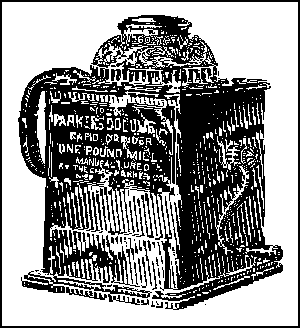 Cast-off goods as metaphor. It's a device that owes much to an earlier thirty-something bestseller, High Fidelity, by Nick Hornby. And the metaphor is pushed up to, but not beyond, what it will bear. Anyone who has ever had the task of going through their dead parents' belongings can testify to the validity of Richard's intense reactions.
Cast-off goods as metaphor. It's a device that owes much to an earlier thirty-something bestseller, High Fidelity, by Nick Hornby. And the metaphor is pushed up to, but not beyond, what it will bear. Anyone who has ever had the task of going through their dead parents' belongings can testify to the validity of Richard's intense reactions.
Which Richard experiences for us when his mother dies and he's called on to sort and dispose of the relics of their lives and his youth. He's not alone. Theresa, an attractive young customer from his store, has, by this time, entered his life. She, too, is involved with cast-offs. She works at an animal shelter in order to care for the discarded cats and dogs of the city. The trouble is, only a few of these creatures can be provided with new homes while the rest must be killed. She dreams every night of the animals she has destroyed.
Sound depressing? It isn't. Second Hand is a love story, a romance without a trace of the obligatory Postmodern irony that characterizes the work of so many American writers of Zadoorian's generation. ("There is a taint of death in all irony," says Richard, commenting on the supercilious attitude of some of his customers.)
True, there is loss, sadness and humiliation, but no more than most of us have experienced in the course of our day-today existence. There is also the pleasure of a well crafted, ultimately hopeful story about Richard and Theresa, two young Americans trying to piece together meaningful lives from the materials at hand.
Of the Moon:
A History of
Modern Pagan
Witchcraft
Ronald Hutton
(Oxford)
Hutton is a professor in history at the University of Bristol, and one of the few contemporary writers who has bothered to study primary sources. He also spent research time with twenty-one British covens, and says "most of the work was tremendous fun." What he gives us here is a very dense book, but one which is also great fun for readers interested in truth, rather than those wedded to a particular concept of paganism.
He is extraordinarily gentle with Gage's imaginative and sometimes dogmatic successors --- Mary Daly, Merlin Stone, Starhawk, Z Budapest, Barbara Ehrenreich, and Andrea Dworkin. These are the writers who in the 1970s started stitching together a patchwork "revival" of a goddess-worshipping, pre-patriarchal, feminist, nature-loving, pagan past when they insist women --- or, better, womyn --- were in charge and life was peaceful and easy.
It would be so easy to ridicule many of today's very visible "witches." Hutton doesn't. He seems to have adopted the basic witches' creed, "Do what thou wilt, but harm none."
Contemporary pagans may be surprised to learn that many of the leaders whose work in ritual is still being followed and adapted were devotees of monarchy and hierarchy. Hutton tells us
Pagan witchcraft travelled from Britain to the United States as a branch of radical conservatism. It returned as a branch of radical socialism.
Triumph of the Moon has benignly gossipy moments, when it delves into the lives of innovators like Gerald Gardner, Robert Cochrane, and Sybil Leek. But there is much serious scholarship.
Hutton also invites further investigation: "more work, of the same and different kinds, is desperately needed to evaluate my own." There are some amusing comparisons and contrasts with New Agers:
One of the most celebrated claims of the New Age is that humans make their own reality; I have yet to meet a pagan witch who would agree.
It would be na´ve to write about pagan witchcraft without addressing the persistent accusations. For example, on Satanism:
I have never encountered anything remotely resembling Satanism in my entire experience of pagan witches. To do so would, indeed, be something of a conceptual impossibility, as belief in the Devil itself requires a Christian cosmology.
It was Christians, not pagans, who declared the "Horned God" of the pagans, or the ancient fertility god Pan, was Satan.
On the question of licentious behavior: "I have never encountered, or heard of, a single example of actual sexual intercourse being employed in a coven working." Privately, he finds "a spectrum of behavior which seems to me no different from that found in society as a whole." And finally, on the recent horrors that seem to haunt off-beat religions:
British pagan witchcraft has been strikingly free of the scandals which have attended other religious groupings during the past thirty years, such as the homicidal or suicidal frenzies which have marked the implosion of Christian sects ... or the systematic abuse of children which has been proved against clergy of some of the older and more institutionalized religions.
Or, as a friend of mine says, "You don't see pagans out killing for God."
Hutton's book radiates tolerance and generosity. He doesn't flatly contradict anyone's beliefs, but simply notes he hasn't seen the evidence. He often recommends other authors, in particular Margot Adler and Cynthia Eller --- and even when he's clearly skeptical about them, Hutton honors others' contributions.
Finally, the author tells us he is dealing with "the only religion which England has ever given the world." His research led him to conclude that
Pagan witchcraft qualifies as a full-blown, independent religion ... [with] no straightforward continuity with the ancient past and owes much of its success to the manner in which it has embodied modern forms and modern needs.
Motors
Practical Hints for
Handy-men
J. Brownlee Davisson &
Leon Wilson Chase
(Lyons)
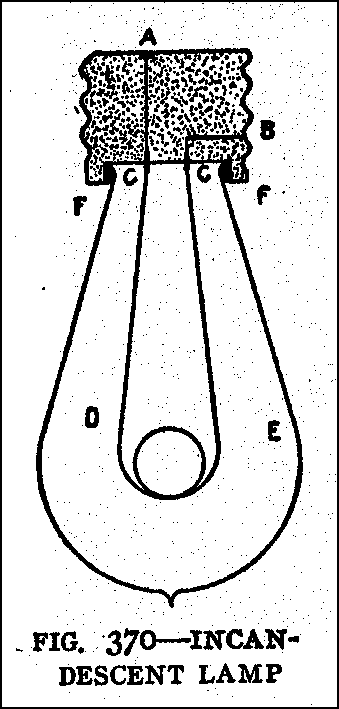
Although the animal differs from other forms of motors, being an animated thing, it is possible, however, to consider it as a machine in which energy in the form of food is transformed into mechanical energy, which may be applied to the operation of various machines.
The authors praise the horse as a machine outstanding in its field: "Viewed from the standpoint of a machine, the animal is a wonderful mechanism. Not only it is self- While the horse is like a heat engine in requiring carbonaceous fuel, oxygen, and water for use in developing energy, it is necessary that combustion take place in the animal body at a much lower temperature than is possible in the heat engine, and a much smaller proportion of the fuel value is lost in the form of heat while the work is being done. The animal, they say, "is one of the most efficient of prime movers." Experiments by a certain Professor Atwater found the average thermodynamic efficiency of man to be 19.6 per cent. Experiments conducted by the scientist Hirn have shown that the thermodynamic efficiency of the horse to be about 0.2. For those of us with an affection for the aesthetics of the mechano- The authors call on physics to explain the modus operandi of the horse: "the animal is made up of a great number of systems of levers and joints, each supplied with a system of muscles which are in reality the motors." There is a wonderful simulacrum working here, a turn- We quickly pass from Animal Motors to Windmills. The authors tell us that, next to farm subsidies, "the windmill was the first kind of motor used to relieve the farmer of physical exertion and increase his capacity to do work." There is a brief synopsis of the history of the windmill, going all the way back to Pomponius Sabinus who claimed that they existed in Roman times. The authors quote a Prof. Beckman, who says that Sabinus was a pompous liar, although he is much too polite to use that phraseology. "Before 718 there were windmills nowhere but in Bohemia," they tell us (showing themselves to be Bohemians). Still, we think that anyone who can claim a horse is a motor must be an artist ... of sorts. They then go on to identify six types of windmills, including the Jumbos, the Merry-
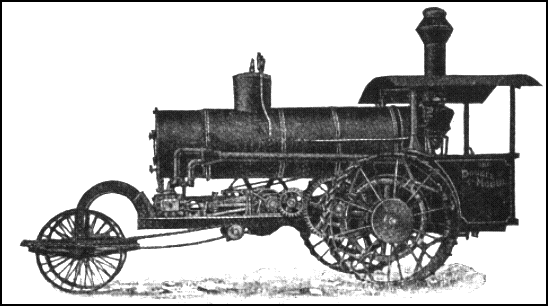
Next come steam engines, the inventor of which was Hero of Alexandria, who was more than just a hero to his people. Newcomen, Calley, and Savery invented the modern boiler in 1675 to pump water. Newcomen was forever and a day inviting people: "Who's there?" they would ask. "Newcomen," he said, and they did.We know nothing about Calley, but Savery liked good food, which is where delightful mealz gets their names. Gas, Oil, and Alcohol engines appear soon enough here, but not soon enough to prevent the invention of the SUV.
The concept of internal combustion came from Huyghens in 1689. He suggested that metal cylinders should be packed with gunpowder and then ignited. He experimented with these but, unfortunately, went up in flames before his experiments could get off the ground.
The Otto cycle (where gas and air are mixed before ignition) was invented by Otto the Second, also known as Otto Otto. His son, Otto to the third power (Otto Otto Otto) invented the four-cycle engine, and then went out with a fifth to celebrate.
The final labor-
saving devices discussed in Farm Motor are "electricals," which includes voltmeters, DC motors, lightbulbs [Fig 1 above], and Rock, Rap, and Raves [not shown] --- all of which are designed to keep people up all night even though they, like good farm folk everywhere, would be better off going to bed with the chickens and getting up with the fleas.
